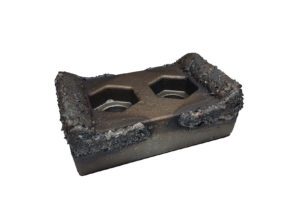Carbide tips, often referred to as carbide inserts or simply carbides, are cutting tools made from a compound of carbon and metal, known as cemented carbide. Cemented carbide is a composite material made up of tungsten carbide particles (hard particles) held together by a binder metal (usually cobalt). The resulting material is exceptionally hard, durable, and resistant to wear and abrasion.
Carbide tips are widely used in various cutting applications, particularly in industries such as metalworking, woodworking, mining, and construction. The hardness and wear resistance of carbide make it suitable for cutting, drilling, and machining hard materials like metal, wood, plastic, and composites.
Key characteristics of carbide tips include:
- Hardness: Carbide is significantly harder than traditional tool materials like high-speed steel, allowing for prolonged tool life and improved cutting performance.
- Wear Resistance: The hardness of carbide results in excellent resistance to wear and abrasion, making it ideal for applications involving tough materials.
- Heat Resistance: Carbide can withstand high temperatures generated during cutting processes without losing its hardness, maintaining cutting efficiency.
- Versatility: Carbide tips are available in various shapes and configurations, making them versatile for different cutting and machining operations.
- Precision Cutting: The hardness and sharpness of carbide tips contribute to precise and clean cutting, especially in applications where accuracy is crucial.
Common uses of carbide tips include carbide inserts in metalworking tools, saw blades for woodworking, drilling and milling tools, and various cutting applications where durability and precision are essential. The popularity of carbide tips is attributed to their ability to withstand demanding conditions, resulting in improved efficiency and cost-effectiveness for industries relying on cutting tools.


